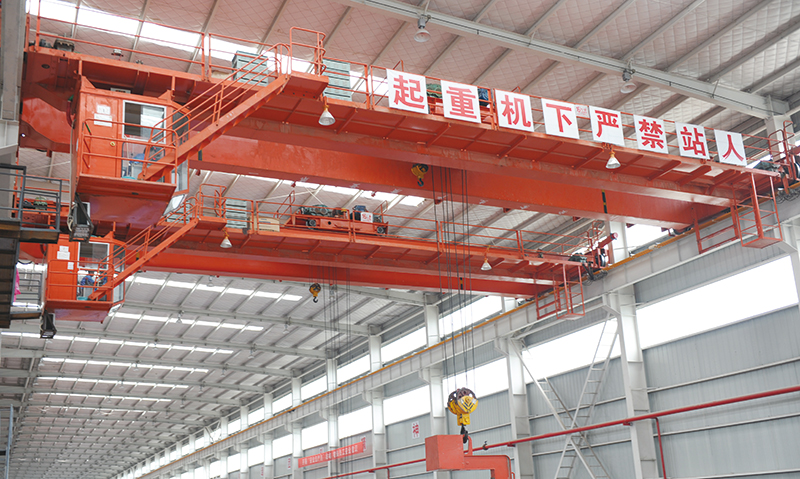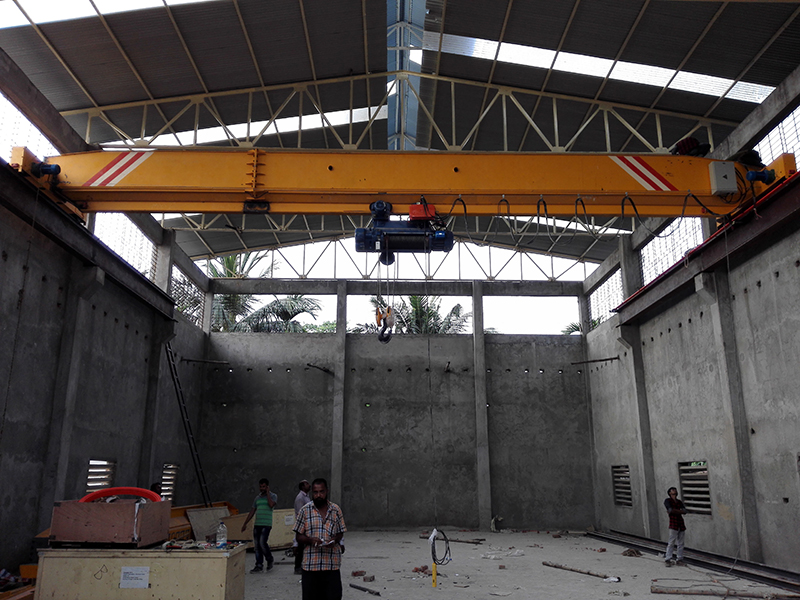An overhead crane is a type of equipment that is engineered to be used to lift hefty materials and transport it from one place to another. There are different types of overhead cranes depending on their use depending on the duties they are designed to perform. Some popular uses of this equipment include:
• Loading and unloading stuff within a warehouse.
• Lifting, moving and organizing containers at a port.
• Precisely moving and organizing parts in an assembly line in a manufacturing company – Aicrane Machinery.
• Efficiently feeding materials into processing machines.

Overhead cranes are a great addition to your facility because they are more efficient to use as compared to having worker manually lift or tow materials. They automate the process and are thus faster and more cost effective. They are handy when moving materials that may be hazardous for example chemicals.
But working with overhead cranes(puente grúa birriel) poses a risk to both the operator of the equipment and the people around them. Some of the safety hazards that you are likely to experience include:
• Fatal injuries from an overloaded overhead crane
• Slipping of materials from the hoists
• Electrocution

This therefore calls for anyone using an overhead crane to exercise extra caution to ensure their own safety and that of those around them. Listed below are 16 safety regulations for working with overhead cranes:
1. Always be sure that the overhead crane you are about to use is suitable for the relegated task. Inspect the crane to be sure that it is functioning properly and can withstand the capacity and lift you are about to use it to perform.
2. Ensure that you do not exceed the load weight that is appropriate for the crane. Overloading it will put unnecessary pressure on the hardware and slings of the equipment(puente grúa electromagnética).
3. Ensure that you are using the appropriate sling for every lift you are about to perform. Make sure the slings are not damaged or defective.
4. Use only agreed-upon communication signals and only take instructions from the designated signaler.
5. Only lift a load when your vicinity is clear. Let the people around know that you are starting to lift and clear all obstructions.
6. Ensure that the crane hoist is centered before you attempt to lift the load. This will prevent your load from swinging around in imbalance.
7. Ensure that your counter weight is sufficient to stabilize and prevent your crane tipping over.
8. Ensure that you close the safety latch after fully sliding the sling into the hoist in place.
9. Avoid leaving loose materials for example straps on the load you have hoisted and secure all sling legs that are not used.
10. Avoid getting your hands or fingers trapped between the sling and load and the hook and load.
11. Never try to manually adjust a hoisted load as it could fall off the crane.
12. Always wear protective clothing such as gloves and a helmet while operating or working near an overhead crane.
13. Ensure you smoothly move the load and warn the people around to stay clear.
14. Never lead a crane unattended with a load that is hoisted or suspended.
15. Restrict the operation of overhead cranes to only qualified personnel.
16. Properly store crane accessories such as sling to avoid accidents in your facility.
Understanding and following the above safety tips will help you stay safe and protect those around you when working with any type of an overhead crane website link: https://aicrane.cl/puente-grua-industrial/.